1. McDonald’s Arch Deluxe

In 1996, McDonald’s tried to go upscale with the Arch Deluxe, a burger “for grown-ups” that featured peppered bacon, dijon mustard sauce, and a fancy bun. The company spent over $100 million promoting it, but most people just didn’t see why they needed a “sophisticated” Big Mac. The campaign’s theme that kids wouldn’t like it ended up backfiring because McDonald’s was known as a family spot. Customers were confused, and sales never took off.
It quietly vanished within a year, and McDonald’s learned a pricey lesson about straying too far from its family-friendly image. Some fans still swear it was delicious, though, and the occasional online petition calls for its return. For many, the Arch Deluxe remains a symbol of ‘90s fast-food overconfidence.
2. Burger King’s Satisfries

Burger King thought they had a health win in 2013 with Satisfries, a crinkle-cut version of their fries with less fat and calories. The problem? They looked and tasted nearly identical to the originals, but cost more. Most customers just didn’t care enough about the small nutritional difference to switch.
After a short burst of hype and some hopeful ads, they were discontinued less than a year later. Burger King even admitted that people didn’t understand the product’s purpose. Today, it’s remembered as one of those “better-for-you” ideas that was maybe a few years too early—or too boring.
3. Taco Bell’s Seafood Salad

Taco Bell briefly dabbled in seafood in 1986 with a “fresh” option meant to compete with McDonald’s Filet-O-Fish during Lent. The Seafood Salad included shrimp, crab, and whitefish, all served in a taco shell bowl with lettuce and tomato. Unfortunately, it didn’t exactly scream “Mexican fast food.”
Customers found the combination odd, and some even reported unpleasant experiences due to the seafood’s questionable freshness. It disappeared faster than you could say “crunchy taco.” Taco Bell never tried seafood again on that scale, and probably for good reason.
4. Wendy’s Frescata Sandwiches
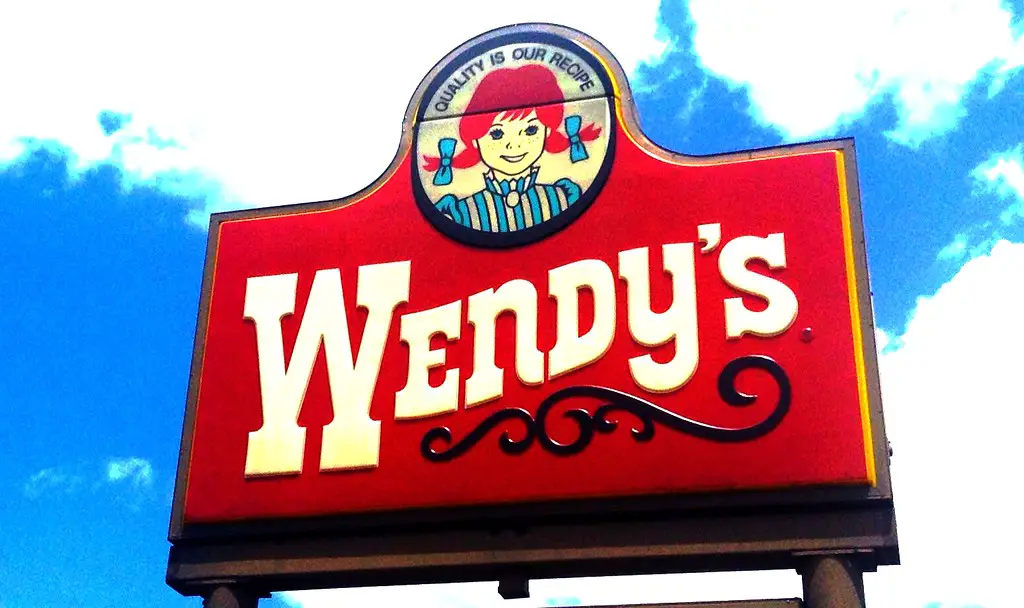
In 2006, Wendy’s tried to chase Subway’s sandwich crowd with the Frescata line—fancy deli-style sandwiches served on artisan bread. The idea sounded good, but the execution was painfully slow. They took too long to make, which killed Wendy’s “fast” reputation.
Customers also found them pricey compared to what they could get elsewhere. By 2007, Wendy’s quietly dropped them from menus. It was a reminder that no matter how good the bread, nobody wants to wait 10 minutes in a drive-thru for it.
5. McDonald’s McDLT

The McDLT, launched in the mid-’80s, came in a two-compartment Styrofoam box that kept the “hot side hot and the cool side cool.” Jason Alexander even sang its praises in a famously goofy commercial before Seinfeld made him a household name. The concept was creative, but the packaging became a nightmare once environmental concerns grew.
People didn’t love all that Styrofoam waste for one sandwich. McDonald’s eventually scrapped the McDLT in the early ‘90s, and while it’s fondly remembered for its quirky gimmick, it was clear the world was moving toward greener solutions.
6. Pizza Hut’s Priazzo
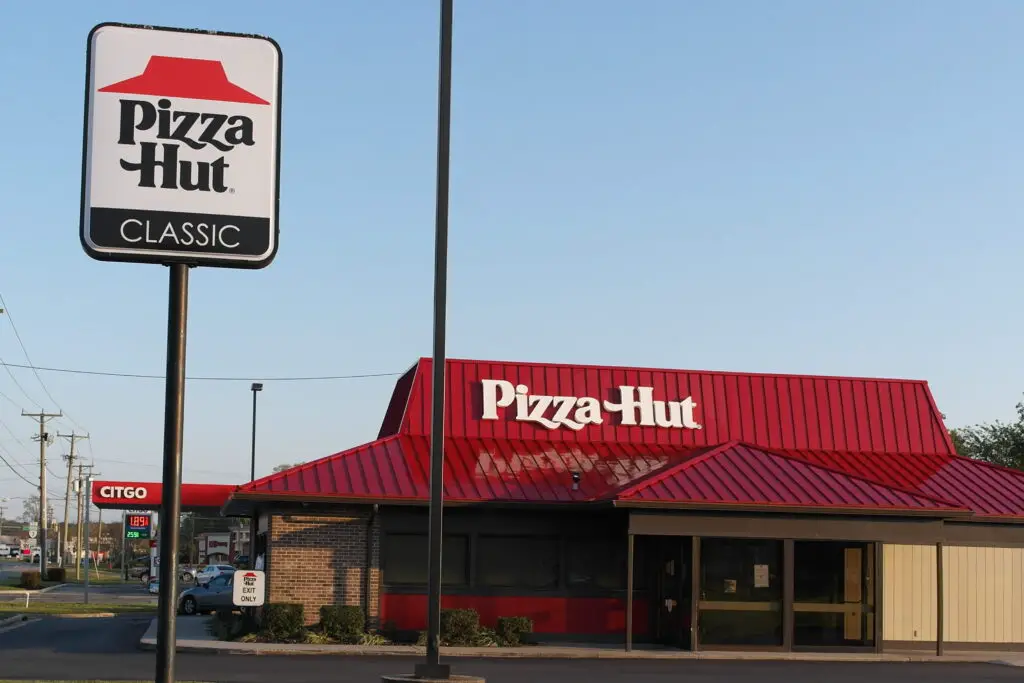
In the mid-’80s, Pizza Hut introduced the Priazzo, a double-layered deep-dish pizza meant to mimic authentic Italian pies. It looked amazing in ads—cheesy, saucy, and decadent. The problem was it took way too long to cook and cost too much to make.
Most customers didn’t want to wait 40 minutes for fast food. Despite its rich flavor and loyal niche following, it was gone within two years. Every so often, nostalgic fans online still dream about its comeback, but Pizza Hut seems to have moved on.
7. McDonald’s Hula Burger

In the 1960s, McDonald’s franchise owner Ray Kroc thought he had a hit idea: a pineapple slice in place of a hamburger patty. It was meant as a meatless option for Catholics during Lent. Unfortunately, it didn’t stand a chance once the Filet-O-Fish hit the menu around the same time.
Customers overwhelmingly preferred the fish sandwich, and the Hula Burger disappeared almost immediately. Kroc later admitted it was a failure, proving not every experiment with fruit belongs on a bun.
8. Domino’s Oreo Dessert Pizza
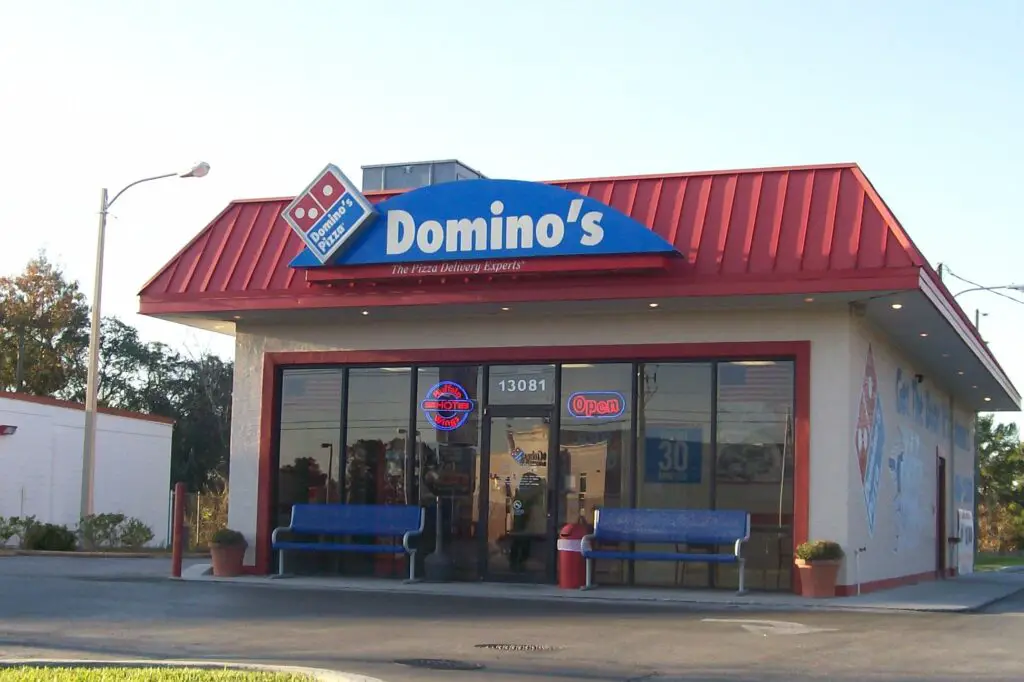
In 2007, Domino’s decided to turn dessert into pizza form. The Oreo Dessert Pizza featured a cookie crust topped with icing and crumbled Oreos, but it ended up dividing customers. Some loved it, others thought it was way too sweet and didn’t belong next to pepperoni.
It was discontinued within a year, only to reappear briefly during limited promotions. It’s one of those products that pops up in online “bring it back” campaigns, but Domino’s seems to know that one slice of dessert pizza was probably enough.
9. KFC’s Double Down
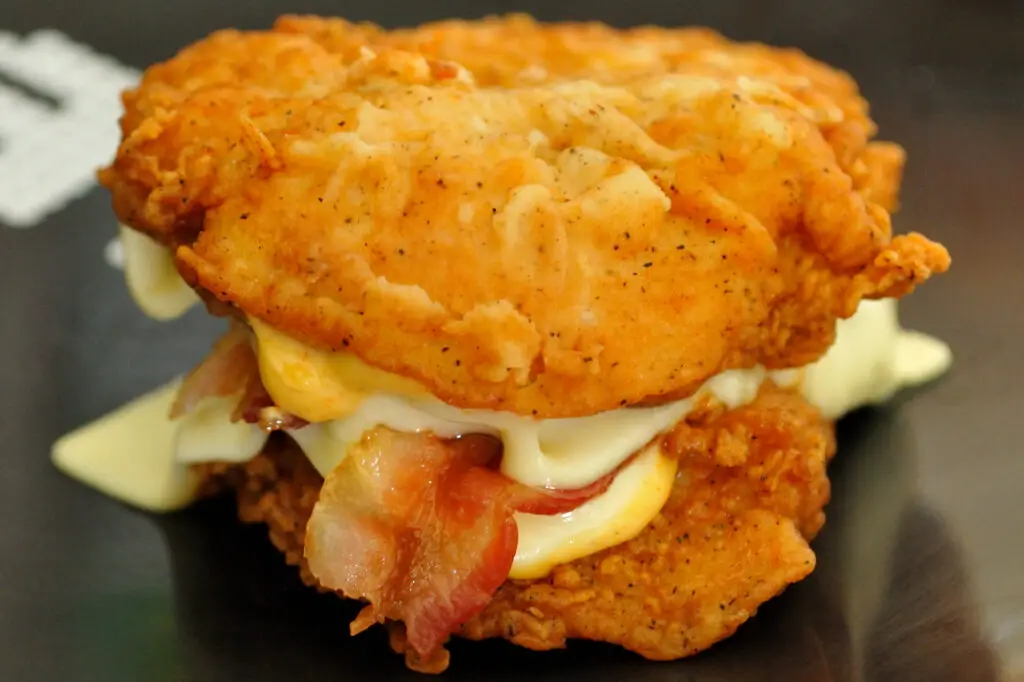
When KFC announced the Double Down in 2010—a “sandwich” made of two fried chicken fillets instead of bread—it sounded like a joke. But it was very real, and briefly, it was everywhere. Fans rushed to try it, and it actually sold well for a short while.
Then reality set in: it was too greasy, too salty, and too much of everything. Sales quickly tanked, and it was gone by the end of the year. KFC has brought it back for short nostalgic runs, but it remains more novelty than menu staple.
10. Subway’s Flatizza
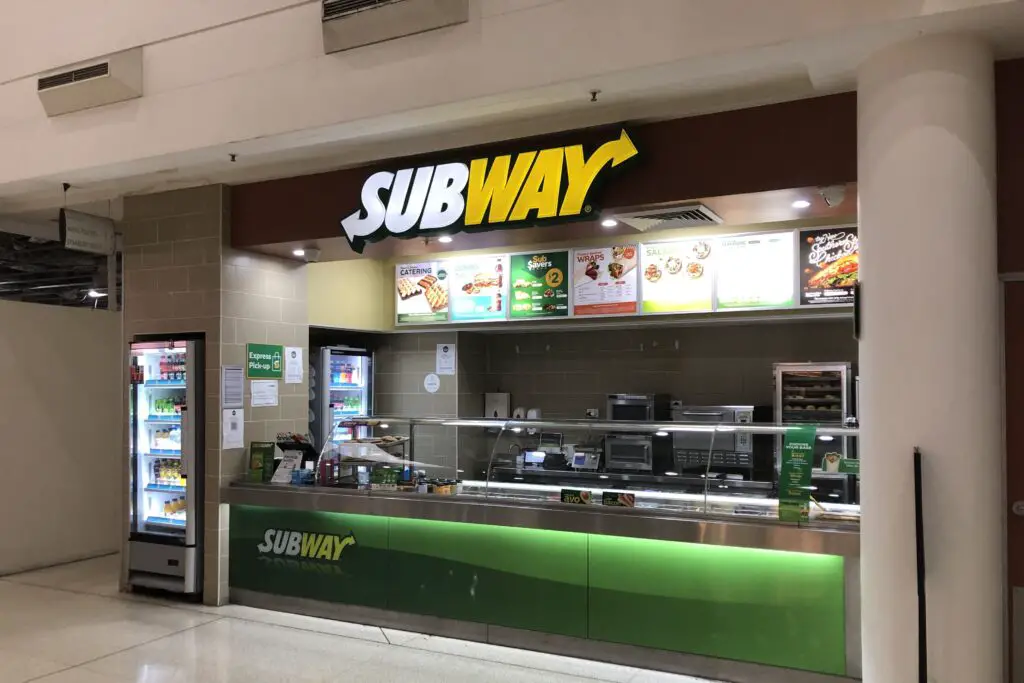
Subway’s 2014 attempt to jump into the pizza market came in the form of the Flatizza—a flatbread-style mini pizza that was supposed to bake fast in their ovens. It wasn’t bad, but it wasn’t exciting either. Customers found it forgettable, especially since it couldn’t compete with real pizza places.
Within a year, most locations had quietly stopped offering it. It’s one of those ideas that probably made sense on paper but never clicked in practice. If you blinked, you likely missed it altogether.
11. Arby’s Sourdough Melts
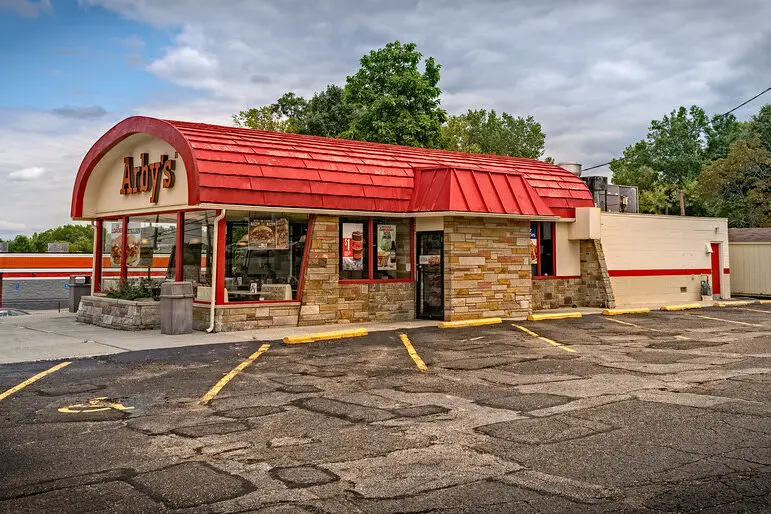
In the late ‘90s, Arby’s tried to class up its roast beef with the Sourdough Melts line. The sandwiches looked hearty and indulgent, featuring Swiss cheese and onions on grilled sourdough bread. Unfortunately, the bread tended to fall apart, and customers complained they were messy and inconsistent.
They were pulled not long after launch, leaving only commercials behind as proof they ever existed. Arby’s eventually shifted focus back to its signature roast beef and curly fries, which fans actually wanted.
12. Burger King’s Halloween Whopper
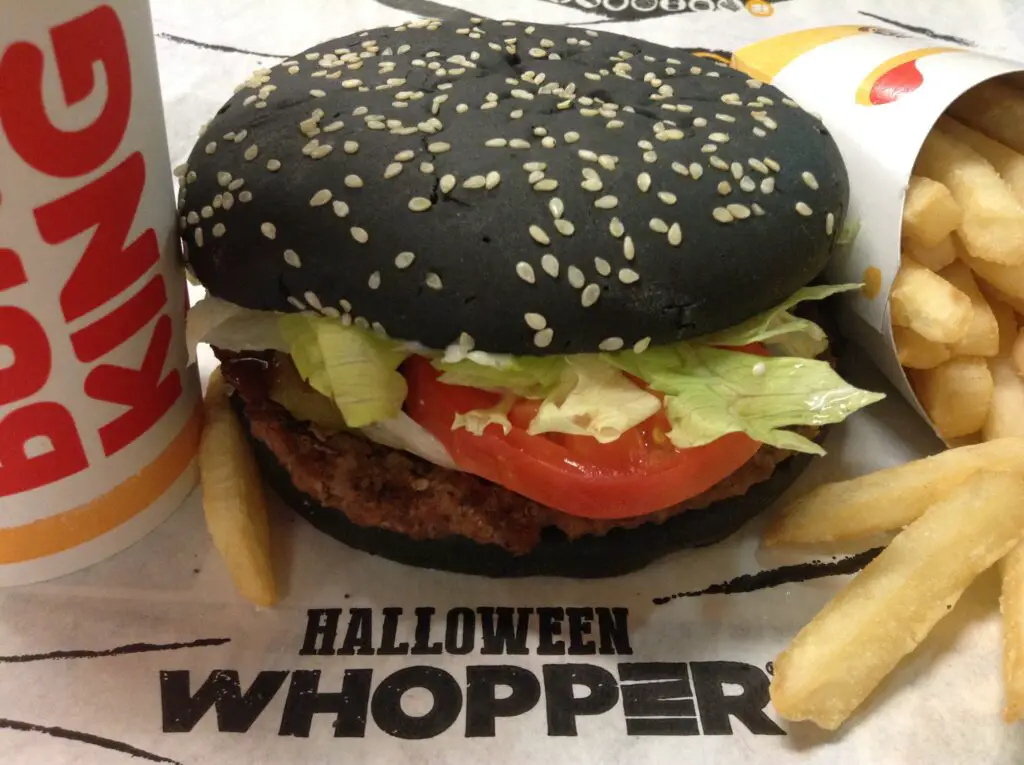
In 2015, Burger King introduced the Halloween Whopper, a spooky burger with a black A.1.-infused bun. It was visually striking and drew plenty of buzz online. But soon after its debut, people started reporting an unintended side effect: the bun turned their bathroom visits bright green.
The internet had a field day, and while sales initially spiked, the gimmick fizzled fast. Burger King never brought it back in the U.S., proving that sometimes, it’s better to keep your burgers their natural color.
